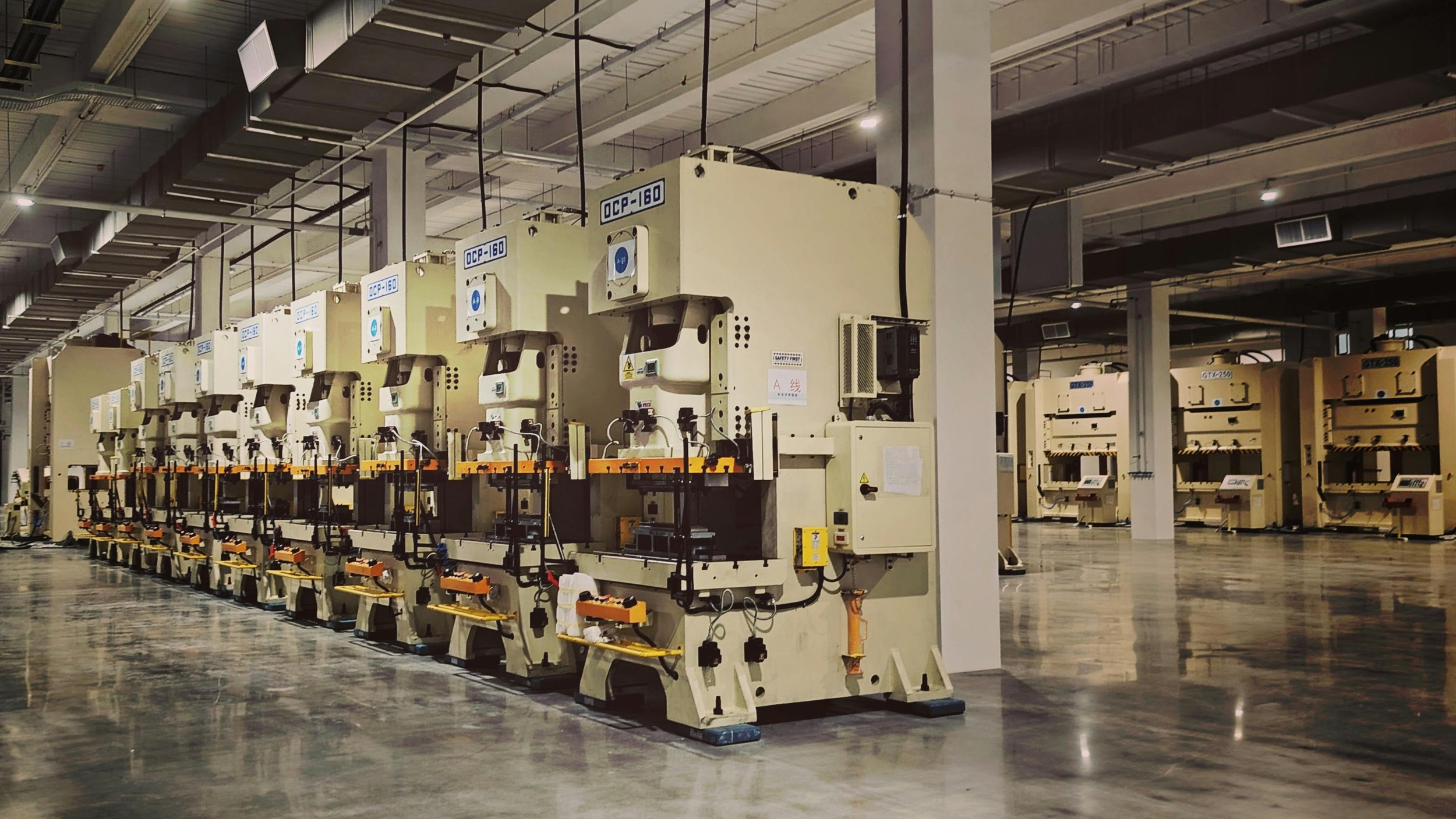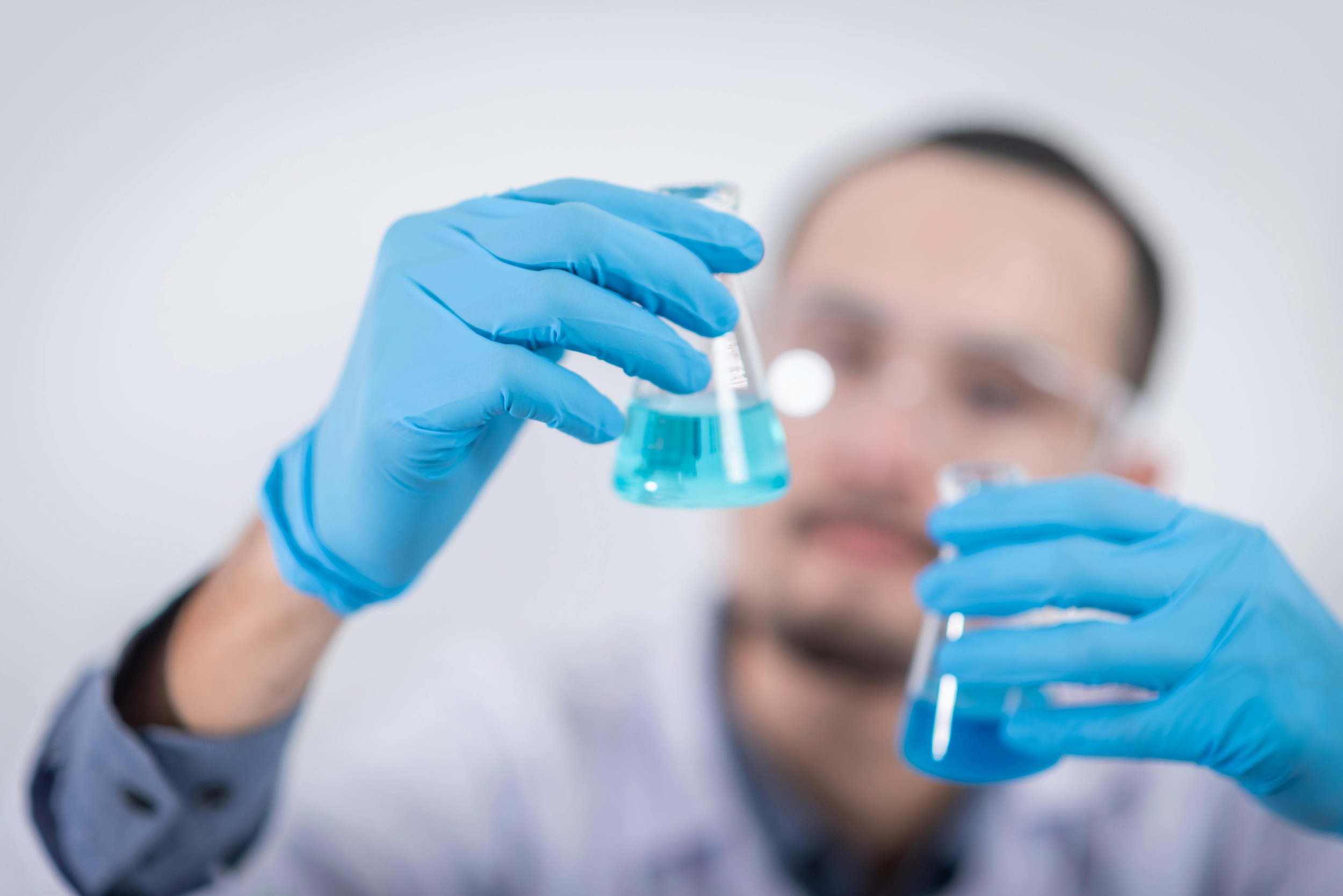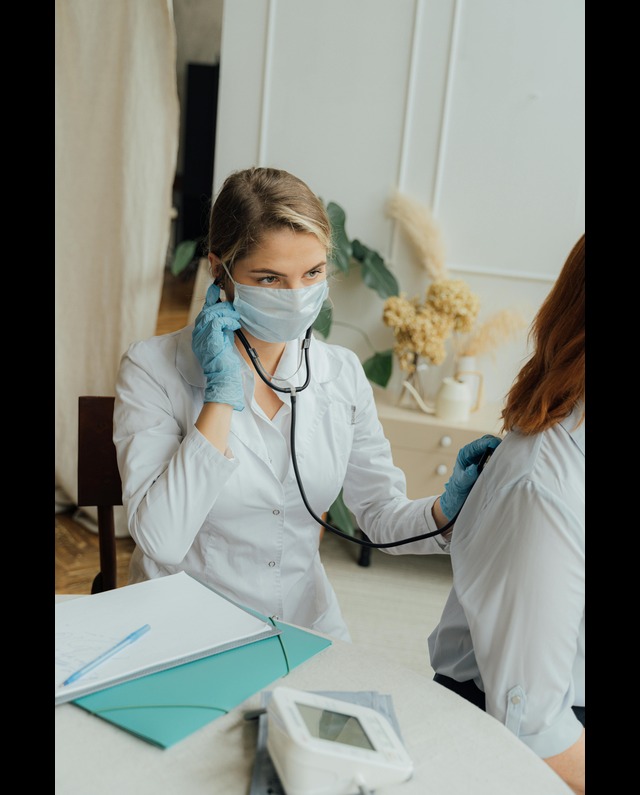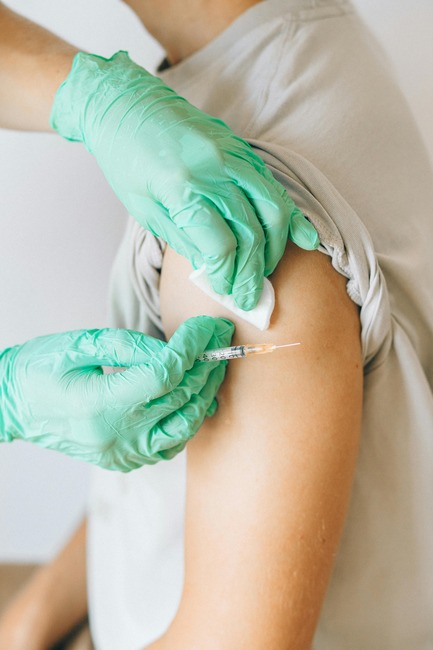Pharmacovigilance
Your Safety Matters
What is Pharmacovigilance?
Pharmacovigilance is the science related to the collection, detection, assessment, monitoring, and prevention of adverse effects associated with pharmaceutical products.
What is a Side Effect?
A side effect is any unwanted medical occurrence in a patient who has received a pharmaceutical product. It may or may not be caused by the product itself. Side effects can include any unfavorable or unintended sign, symptom, or disease — and they may vary from person to person.
Why Should You Report Side Effects?
By reporting side effects, you help us ensure the ongoing safety of our products and protect patient well-being. Your feedback allows us to investigate further and fulfill our obligations to health authorities — even if the connection between the product and the side effect isn’t confirmed.
What is an Adverse Drug Reaction (ADR)?
An ADR is defined as a harmful or unintended response to a drug taken at normal, approved doses.
Can All Drugs Cause ADRs?
Potentially, yes. All medications carry some risk of side effects or ADRs. However, most people take medications without experiencing serious reactions. The benefits of using a drug usually outweigh the potential risks — especially when used properly.
Why is Reporting ADRs Important?
Reporting ADRs helps us collect vital safety information about each product. This data allows our pharmacovigilance team to take appropriate action to reduce the chances of similar reactions happening again. It also helps us meet regulatory requirements and contribute to better healthcare outcomes for everyone.
Who Can Report an ADR?
Anyone — patients, caregivers, healthcare professionals, or members of the public — can report an adverse drug reaction.
How to Report an ADR?
You can report an ADR by:
-
Speaking with your doctor, pharmacist, or nurse (they can report it to us)
-
Contacting our Pharmacovigilance Department directly at pharmacovigilance@najd-pharma.com
Monitoring Drug Safety
Pharmacovigilance tracks and assesses side effects of medications after they’re on the market — making sure they stay safe in real-world use.
Detecting Adverse Reactions
It helps identify unexpected or rare adverse drug reactions that might not show up in clinical trials, especially in diverse patient populations.
Improving Public Health
By reporting and acting on safety concerns, pharmacovigilance protects patients and helps guide regulatory decisions like warnings, recalls, or label changes.
Our
Facilities

🏭 State-of-the-Art Infrastructure
Modern facilities equipped with advanced technology to ensure precision and quality.
🧪 High-Capacity Manufacturing
Our production sites are built to handle large-scale pharmaceutical manufacturing, from solid dosage forms to sterile injectables, meeting both local and international standards.
🔬 Quality Control & Innovation
Each facility integrates rigorous quality assurance protocols and R&D capabilities, enabling continuous improvement and fast adaptation to market needs.



